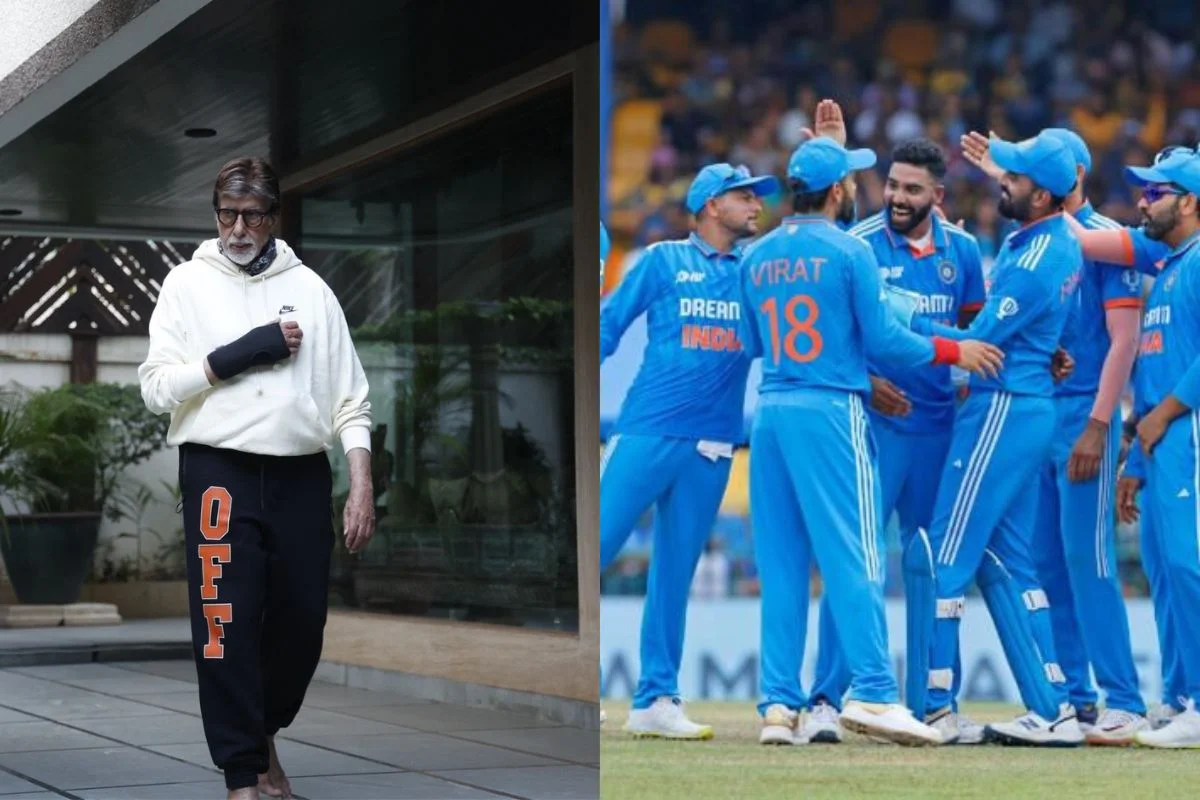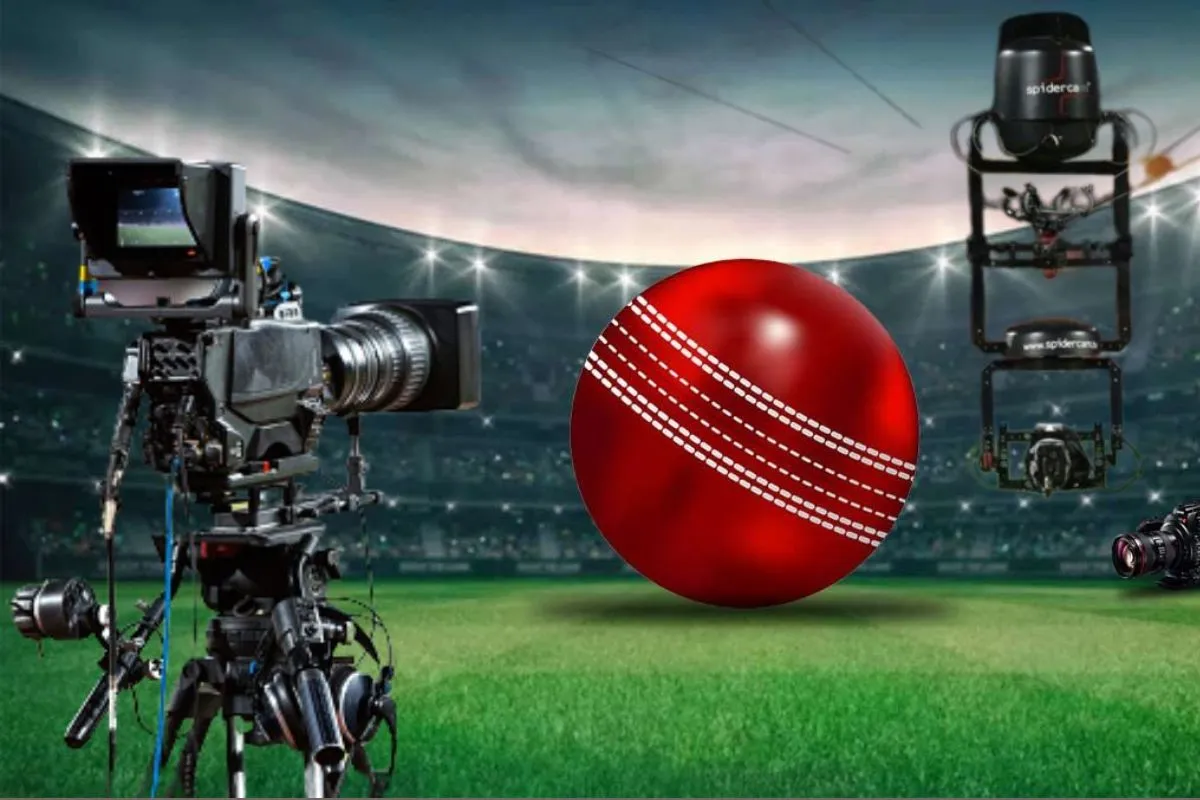ICC ODI World Cup 2023: The upcoming ICC ODI World Cup, often referred to as cricket’s grand carnival, is drawing global attention as it approaches. The tournament, initially named the Prudential Cup in 1975, has evolved into the iconic Cricket World Cup. The history of the tournament trophy is intriguing, undergoing significant changes in the 1987, 1992, and 1996 editions before its current design was established in the 1999 World Cup. This marks the 13th edition of the World Championship.
While there has been extensive discussion about the participating teams, the tournament’s history, host nations, and various other aspects, there has been relatively little attention given to the ultimate symbol of glory—the trophy itself. Let’s take a closer look and delve into the details to better understand this coveted trophy.
Beginning of a single trophy
Following the conclusion of the 1996 World Cup, which was won by Arjuna Ranatunga’s resilient Sri Lanka, the International Cricket Council (ICC) took a cue from the FIFA World Cup and decided to introduce a permanent trophy for the Cricket World Cup. The current trophy was unveiled in the 1999 season. During the period from 1975 to 1996, spanning six editions of the ODI World Cup, four different trophies were used.
Measurements of the trophy
This magnificent piece of silverware was meticulously designed by Paul Marsden of Garrard & Co. in London. Remarkably, the current trophy boasts a weight of 11 kilograms and an imposing height of 65 centimetres, making it one of the larger trophies awarded in international sports when compared to trophies in various other sporting disciplines. To put it in perspective, the FIFA World Cup trophy, in contrast, weighs six kilograms and stands at a height of 37 centimetres.
Design of ICC World Cup trophy
The ICC ODI World Cup trophy is crafted entirely from silver and gold. Its central feature is a globe-shaped cricket ball with a seam encircling it. Notably, the angle of the iconic seam symbolizes the earth’s axial tilt, cleverly incorporating the concepts of both ‘cricket’ and ‘world.’ The globe is elegantly supported by three silver columns, reminiscent of the three stumps on a cricket pitch and symbolizing the fundamental aspects of the game: batting, bowling, and fielding. The trophy is affixed to a hardwood base, which serves the purpose of engraving the names of the victorious teams over the years.
Which trophy does winner gets?
A burning question that has sparked debates repeatedly revolves around the fate of the ICC ODI World Cup trophy. Winners of the tournament are presented with a replica each year, while the original trophy finds its way back to the ICC headquarters in the UAE. These replicas bear only minor differences compared to the original World Cup trophy. In the case of the original trophy, the ICC logo is elegantly engraved on the inside of the columns, whereas the replicas are designed to feature the event logo on the inside of the columns.
Controversy during 2003 World Cup
A controversy arose for the Australian team in 2003 after they secured victory in the World Cup finals against India. Australia’s win led to them receiving a World Cup trophy that bore an uncanny resemblance to the perpetual trophy, making it difficult to ascertain whether they had lifted the original or a replica that year. In 2011, when Mahendra Singh Dhoni’s Indian team triumphed in the ODI World Cup, a legitimacy dispute surrounded the trophy they received. Reports suggested that the original trophy never made it through Mumbai customs, and as a result, the world champions, India, were presented with a replica.
Keep watching our YouTube Channel ‘DNP INDIA’. Also, please subscribe and follow us on FACEBOOK, INSTAGRAM, and TWITTER.












